By Mike Haskew
When Private Clarence Garrett of the 28th Regiment, 5th Division, United States Marine Corps, clung to the loose black volcanic sand on the sloping beach of Iwo Jima on Feburary 19, 1945, he probably had no idea that his photograph was being taken. With 556-foot Mount Suribachi looming in the background, Garrett’s full attention was no doubt directed forward, toward a maze of pillboxes, spider holes, and machine-gun emplacements that the defending Japanese garrison and hundreds of Korean slave laborers had worked for years to construct on the hitherto-obscure island. Garrett was a member of the 30,000-man Marine assault force that began landing on Iwo Jima that day. The island itself, seven miles long, shaped like a pork chop, and barely two miles across at its widest point, had become the main strategic focus of the entire Pacific War.
Iwo Jima, the largest of the islands in the Volcano archipelago, was the site of three Japanese airfields, two of which were already completed while the third was still under construction. If captured, those same airfields could be used to launch aerial attacks across the western Pacific. Even more important, the tiny spit of land could serve as a haven for thousands of American airmen whose crippled bombers would be attempting to return safely to base after air raids against the Japanese home islands. Ultimately, more than 2,200 aircraft and 24,761 crewmen would touch down in emergency landings on the island. But first it had to be taken from the Japanese—no easy task for Garrett and his mates.
The struggle for Iwo Jima officially lasted 34 days, with the island being declared secure on March 25. Fanatical Japanese resistance, however, continued until the end of May. The cost was horrific. When it was over, 5,931 Marines had been killed and more than 17,000 wounded. Originally 21,000 strong, only 216 survivors of the Japanese garrison were left alive to be taken prisoner at the end of the battle. Admiral Chester W. Nimitz, commander in chief of the U.S. Pacific Fleet, was moved to remark that, on Iwo Jima, “uncommon valor was a common virtue.”
The Ka-Bar: Iwo Jima’s Knife
The most famous photographic image of World War II, and perhaps of any armed conflict, was taken on Iwo Jima by Associated Press photographer Joe Rosenthal, who captured the raising of the American flag atop Mount Suribachi by five Marines and a Navy corpsman on the morning of February 23, 1945. Originally published in Life magazine on March 26, Rosenthal’s photograph, with the identifying caption, “The Raising of the Flag on Iwo Jima,” became an immediate icon of the war. It was used on posters, postage stamps, war bond drives, and even as the model for the 100-ton bronze monument to fallen Marines at Arlington National Cemetery.

Another Iwo Jima image, the frame that caught Garrett and his comrades under fire during the initial landings, also gained a measure of fame. While the photograph readily conveys the intensity of combat on the island, it was a relatively obscure detail that ultimately brought it the most notoriety. In the photo Garrett faces forward, crouching, with his trusty M-1 rifle at the ready. Strapped to his belt is the United States Marine Corps fighting/utility knife. Known routinely as the “Ka-Bar” in reference to its principal manufacturer, the knife had already become something of a legend by 1945. Marines depended on their Ka-Bars as camp implements, useful for prying lids off crates, driving nails, and digging holes.
Author Charles W. Tatum received the Bronze Star for heroism on Iwo Jima. In his book Iwo Jima: Red Blood, Black Sand, he recalled finding a rather mundane use for his knife. “Mortar fire woke me from a restless sleep at dawn,” he wrote. “I was happy to be awake and still alive on this second day of battle. Steve had stood the final watch of two hours. The feared Banzai! attack never materialized, so Steve and I opened our waxed cartons of K-rations and ate the contents cold. No fires were allowed. Mine was scrambled eggs and diced ham in a can. I used my Ka-Bar as a can opener.”
Although hand-to-hand combat was a rare occurrence during World War II, such incidents took place with harrowing regularity on Iwo Jima. Japanese infiltrators slipped into the Marine lines under cover of darkness, and desperate life-and-death struggles ensued. The Ka-Bar proved equally handy in close combat. In his well-known book Flags Of Our Fathers, author James Bradley tells the story of 20-year-old Marine Thomas Mayers of New York. With enemy soldiers teeming among his unit’s foxholes, Mayers lobbed hand grenades and edged forward to help his comrades. “The enemy soldiers howled and collapsed, their legs full of shrapnel,” wrote Bradley. “Mayers climbed from his foxhole, and with his knife cut their throats. Two more Japanese were now upon Mayers. He rolled a few more grenades at them and ducked through the explosions, and then finished them off with his knife.”
“Ka-Bar Was There”
For several years after the war, the Ka-Bar company promoted its most recognizable product in an advertising campaign that featured the photograph of Garrett and his knife on the beach at Iwo Jima. Under the slogan “Ka-Bar Was There,” Garrett’s image was published countless times. The knife itself was often circled for ease of identification. At the time the photo was taken, Garrett, a 22-year-old resident of Town Creek, Alabama, was understandably preoccupied with the task at hand. During the fighting on the island, he saved a fellow Marine’s life, gunning down a sword-wielding Japanese officer. He was wounded twice and received the Purple Heart with a gold star. After the war, he brought his Ka-Bar home with him and went to work as an electrician with the Tennessee Valley Authority. After 15 years of daily use, the vintage knife finally fell apart.

Like many World War II veterans, Garrett, who passed away in 1992, did not share much of his combat experience with family members—perhaps out of respect for those comrades who never came home. Seventeen members of his 40-man company were killed in action. Sixty years after the photo was taken, Garrett’s son, Don, of Knoxville, Tennessee, was visiting the Smoky Mountain Knife Works, a popular cutlery store in nearby Sevierville. He came across an enlarged image of the Ka-Bar advertisement and did a double take. Something about the photo was strangely familiar. “I stayed in the store looking around for quite a while,” Don recalled. “After about 45 minutes, I walked up to the third level and saw the Ka-Bar exhibit. I looked at the large picture and kept thinking there was something familiar about it. Then I realized I had a picture at home just like it. Dad knew about the picture, and the one I have at home has an arrow in it pointing to him. To be honest, though, I don’t think he ever saw the advertisement.”
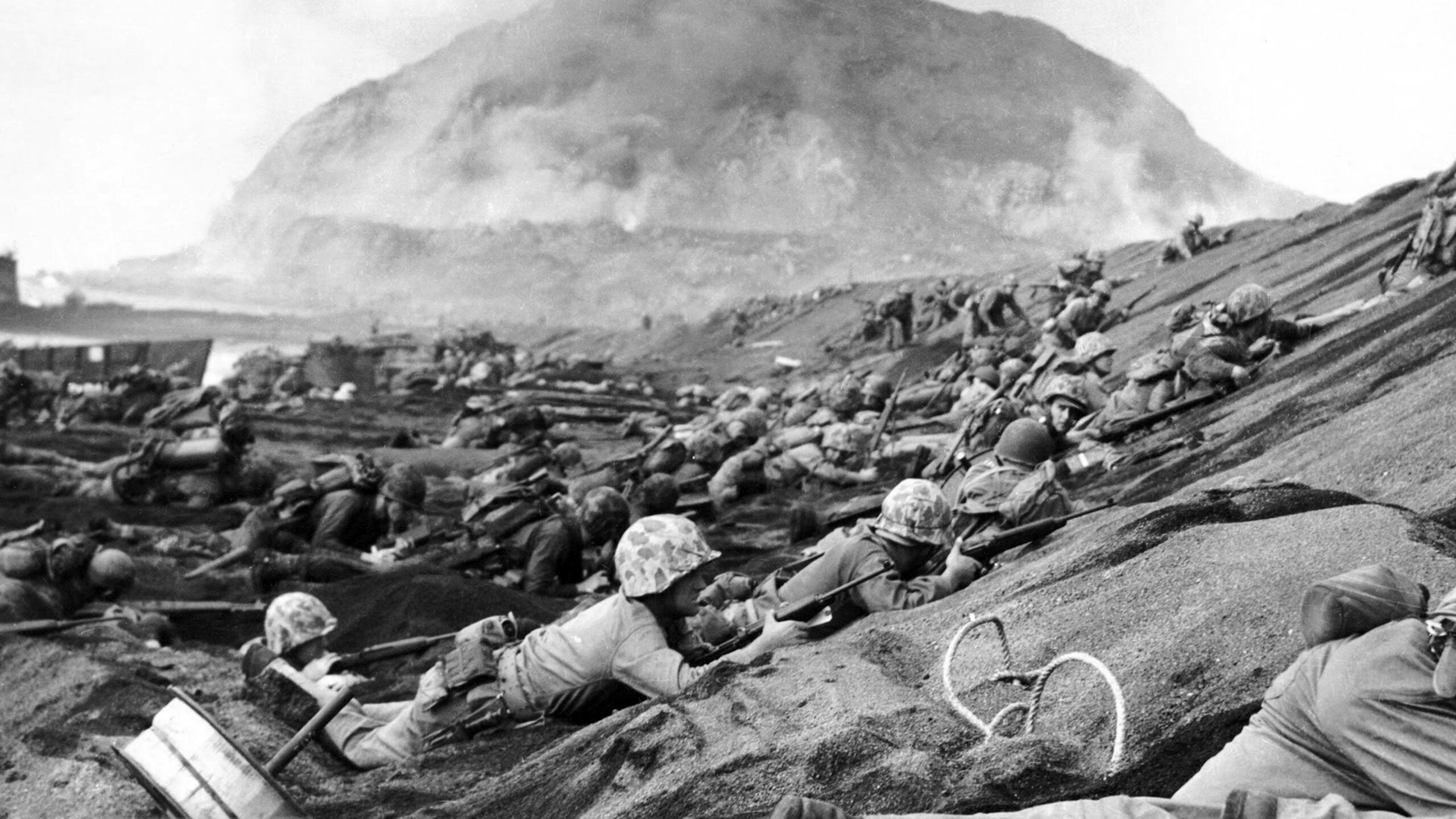
Don called his sister, Cynthia, in Clinton, Tennessee, and explained what he had seen. She immediately contacted Ka-Bar in Olean, New York. “There are five of us kids,” she said, “and we wanted to find out about getting a copy of the whole promotional piece. I e-mailed Ka-Bar and got straight to Dick Hillegas, the company president. He sent seven copies to us on twelve-by-seventeen [inch] board, and we are going to get a copy of the Iwo commemorative knife that Ka-Bar is coming out with and put it in a case as a tribute to dad.” For his part, Hillegas was taken aback by the revelation. “We were certainly surprised,” he remarked. “We didn’t have a clue who the Marine was. That picture was used on a display piece that we started years ago, and this is the first time anything like that has happened. He is the featured person in the picture, and there is a circle around the knife.”
A Standardized Marine Corps Knife
American fighting men in World War II carried a variety of knives, many of which were handmade with blades fashioned from old metal files or springs. Handles were often natural materials such as wood, antler or bone. In 1941, Ka-Bar responded to the Marine Corps’ need for a standard issue fighting/utility knife, and following the adoption of the primary design, other cutlery manufacturers, including Camillus, Case, Queen, Robeson, and Pal, were licensed to produce more than a million of the knives. The Marine Corps purchased a number of different knives of varied design from multiple manufacturers, but by far the most popular and best known was the Ka-Bar.
The USMC Ka-Bar is still being produced today in standard and commemorative versions that are true to the original. The seven-inch blade is stamped from a sheet of high-carbon 1095 steel for excellent edge retention and ease of maintenance in the field. The blade is stamped “KA-BAR/OLEAN, NY” on one side and “U.S.M.C.” on the other. An oval-shaped guard separates the blade and handle, offering protection for the user’s fingers. The handle is made from 22 stacked leather discs that are inserted over the tang and subjected to extreme pressure. Five grooves are then cut into the leather. The result is a moisture-resistant, shock-absorbent handle that offers an outstanding grip.

Between 1942 and 1945, the original Ka-Bar underwent several modifications, particularly in the method of attaching the pommel at the base of the handle to the tang, which is essentially the “tail” of the blade and runs the length of the knife. At first, the pommel was to be only half the thickness that was finally approved, and it was to have been screwed in place. A doubly thick pommel was later secured with steel pins inserted directly through the tang for greater strength.
The military also required that the highly polished finish on the blade and other exposed steel parts be toned down with a non-reflective matte-black or gray-phosphate finish. The leather sheath is stamped with the Marine Corps insignia. Eventually, other branches of the military also adopted the Ka-Bar as standard issue, and the blade stamp was changed to reflect the appropriate branch of service. The origin of the name Ka-Bar is unknown, although some believe it relates to a boast from an early user that the knife could “kill a bear.” Others adhere to a more military interpretation, maintaining that the name stands for “Knife Attached—Browning Automatic Rifle.”
The Ka-Bar Today
Whatever the true origin of its name, the Ka-Bar remains active with the American military around the world today. Hillegas notes that it is a favorite of troops serving now in Iraq and Afghanistan. “They are using our knives a lot,” he said. “We don’t have any way to track how many, but we can tell you that around Christmas of 2002, right before we sent troops to Iraq, we got buried with orders. We actually had to start allocating product because we sold out regularly and gave priority to the military. That took us through the end of April, and we were caught up by July or August. It has been busy ever since, but that was a huge, huge bubble.”
Don Garrett enjoys telling the story of a friend who once visited the Marine Corps Memorial in Arlington National Cemetery, which depicts the famous flag-raising atop Mount Suribachi. The massive bronze sculpture is quite imposing, and the friend related the observation that the Ka-Bar attached to the belt of one of the flag-raisers is no less than four and a half feet long. As a quiet tribute to the fighting spirit and sacrifice of the Marines in World War II, it is somehow fitting that the representation of the Ka-Bar fighting knife, in all its uses, has become literally larger than life.

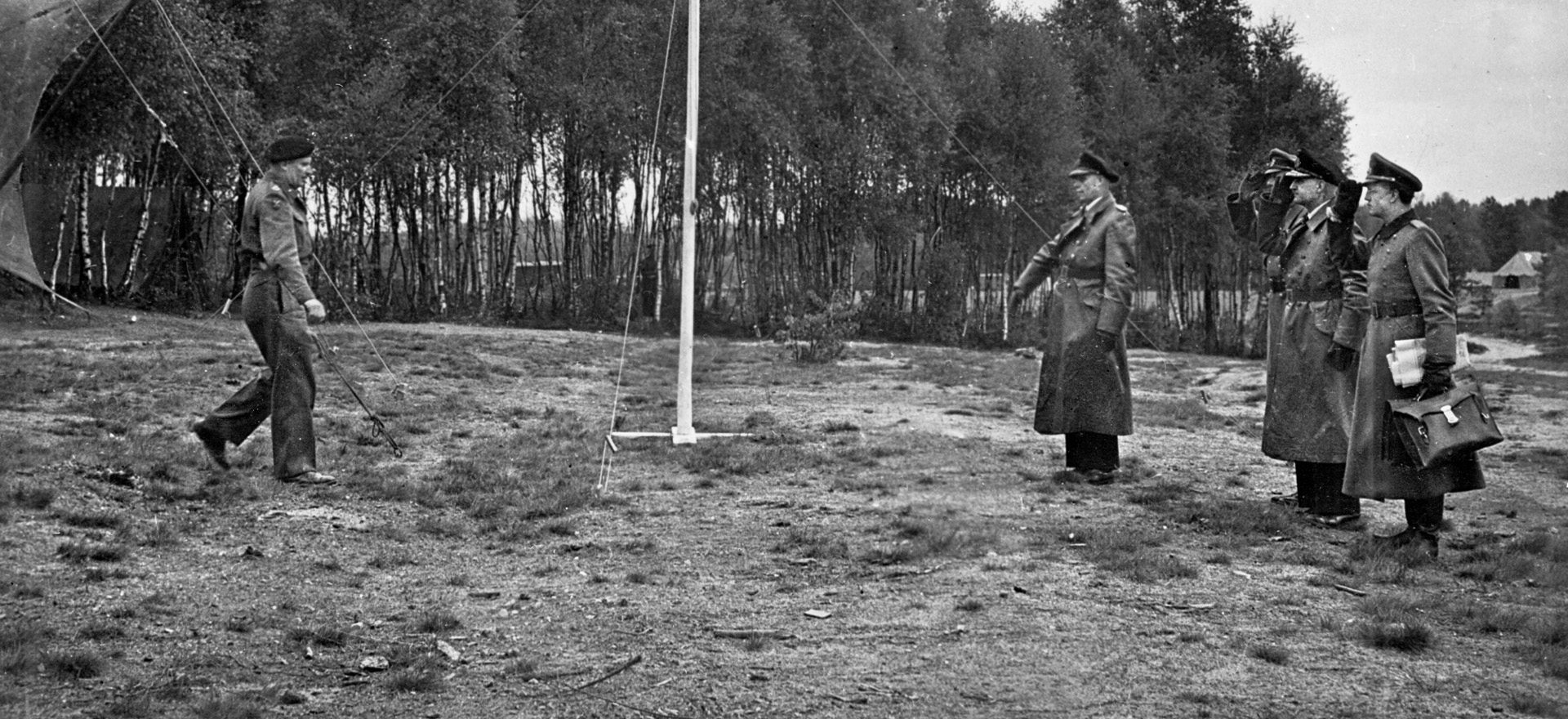
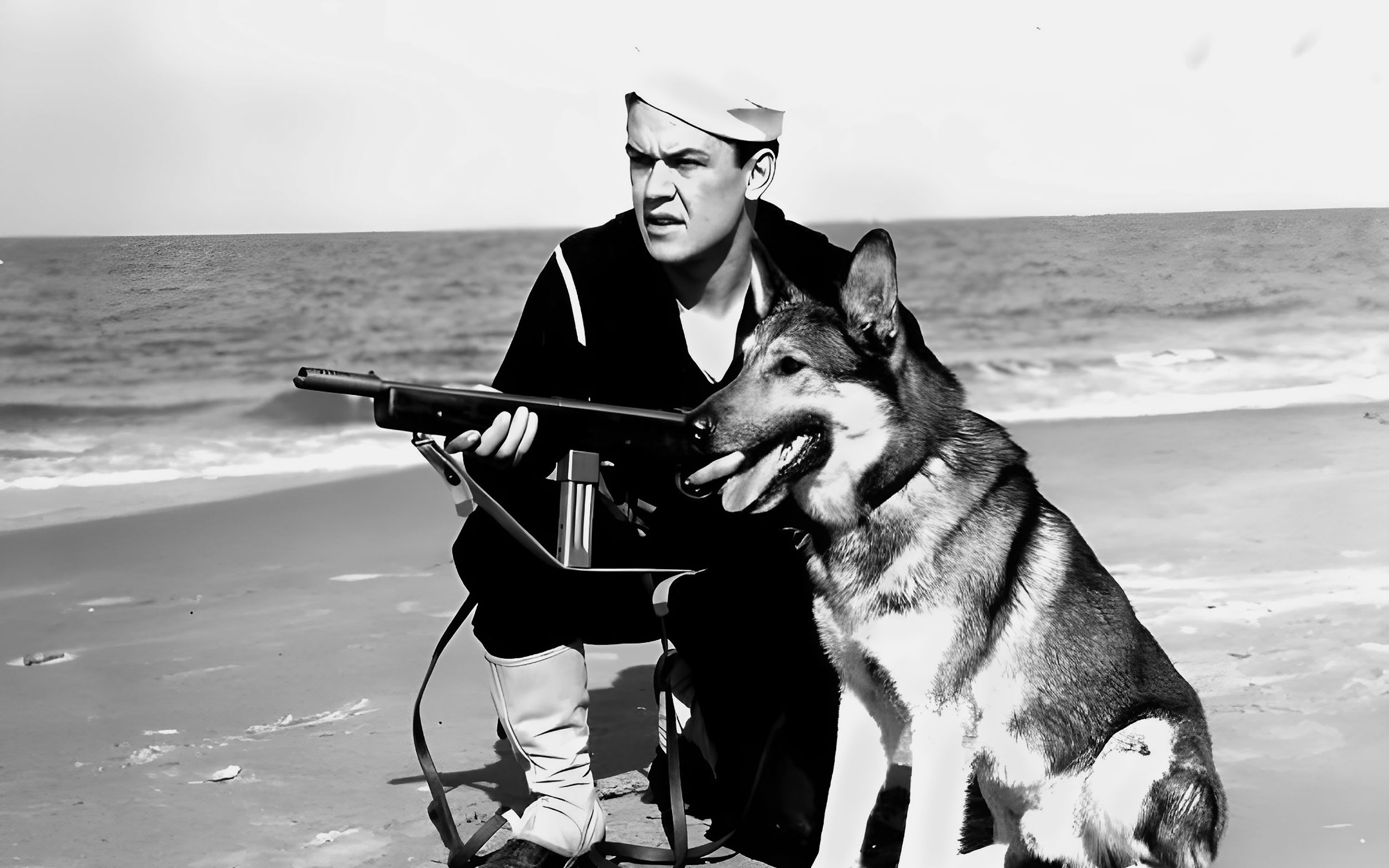
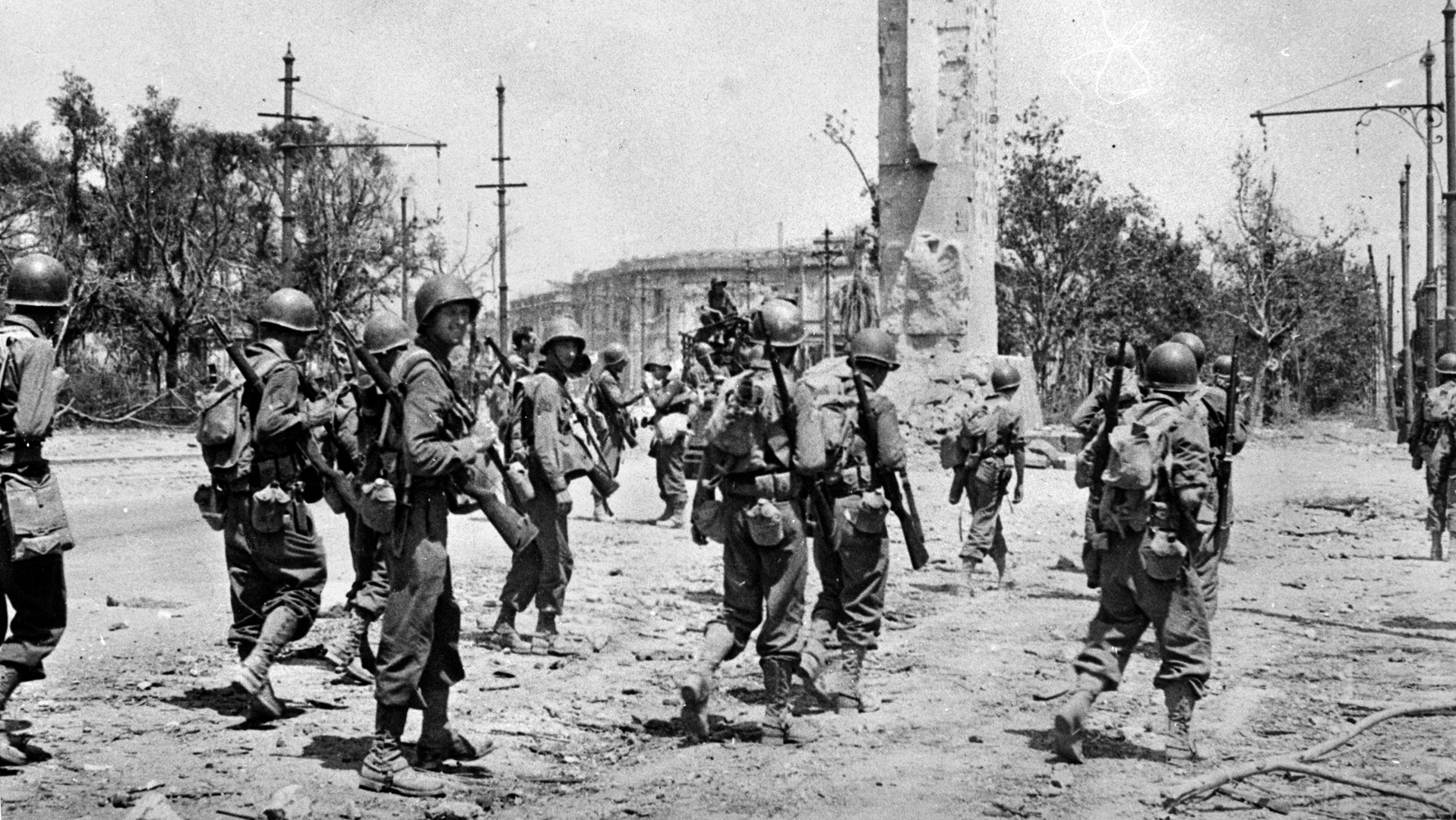
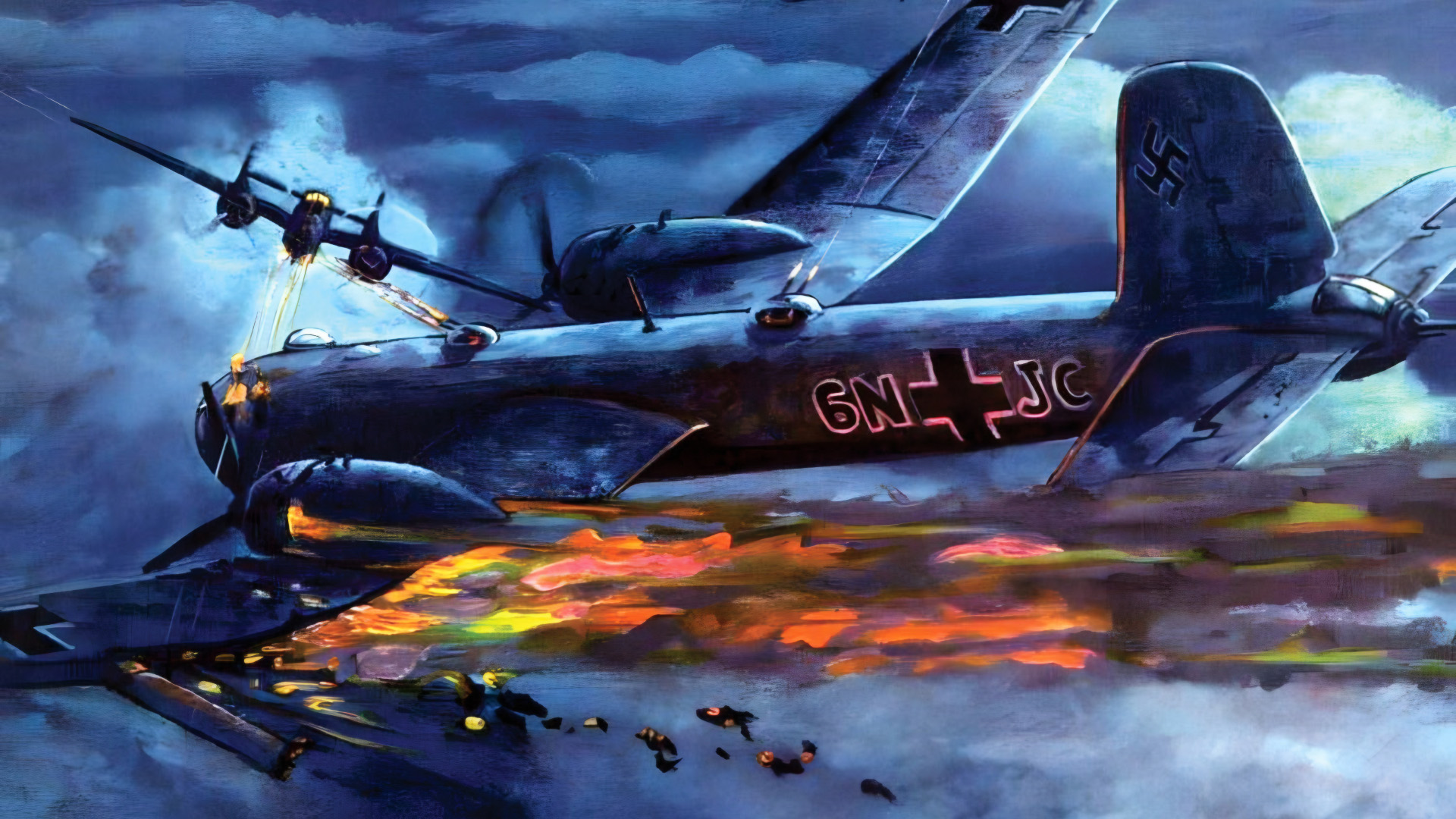
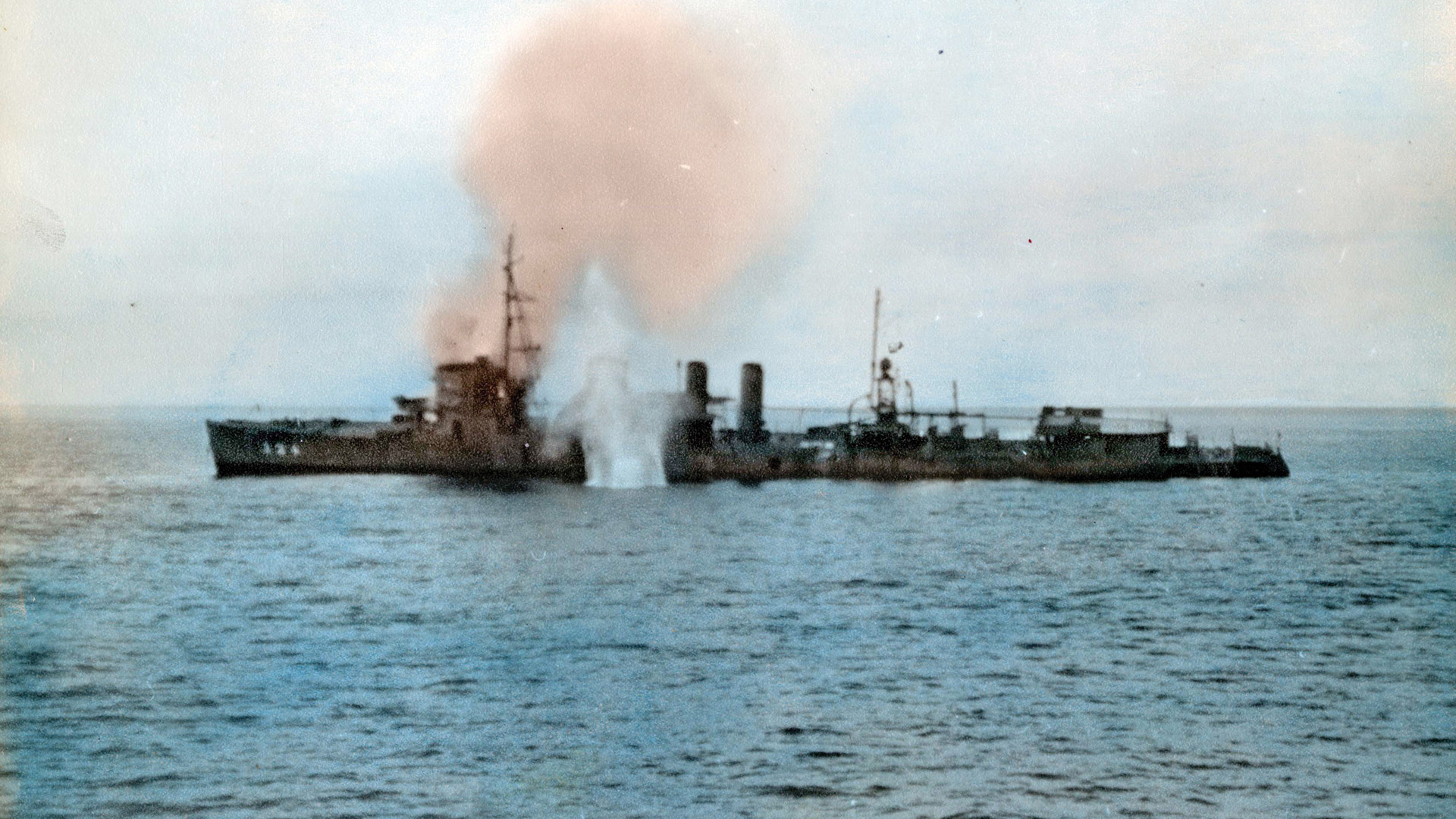
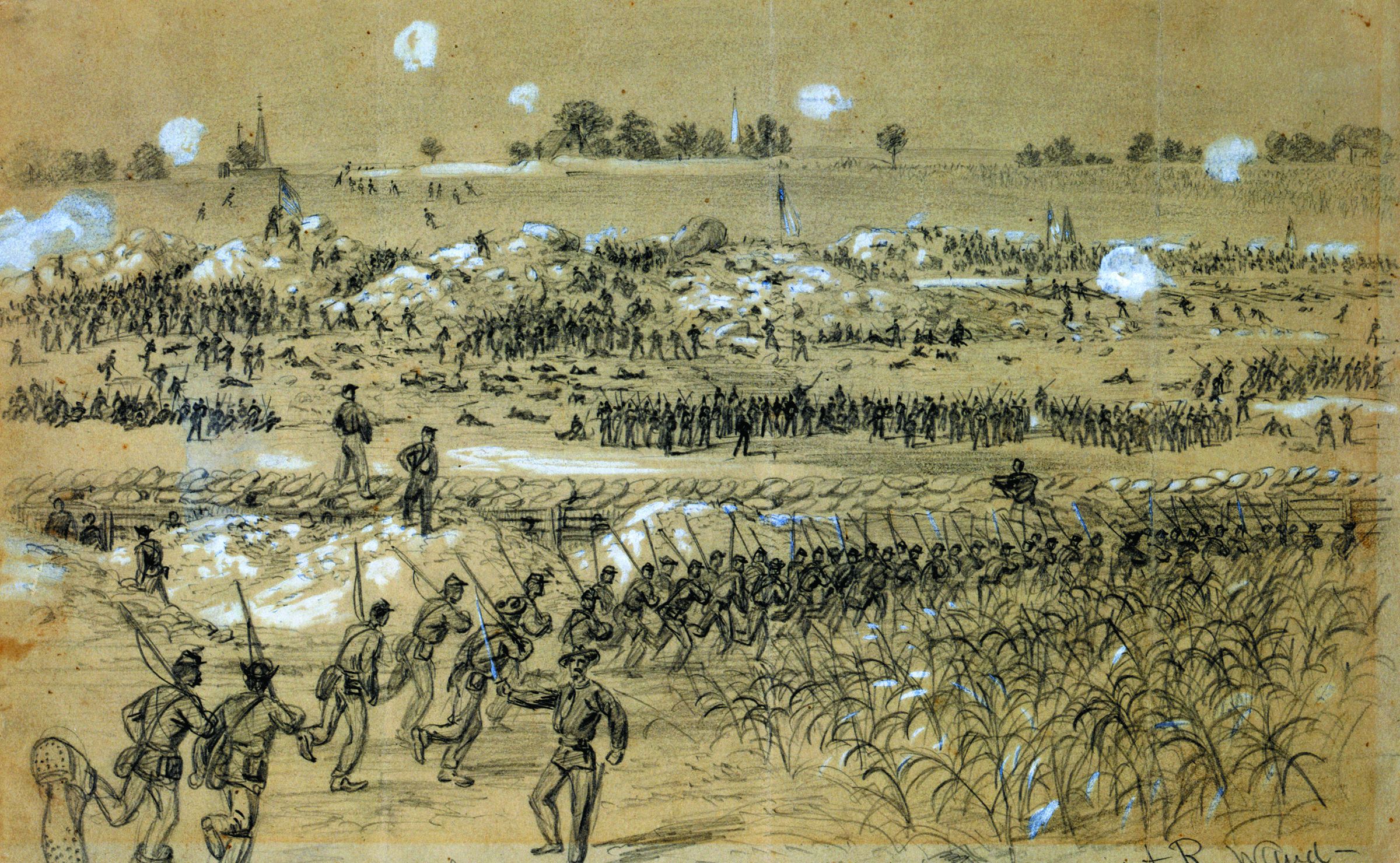
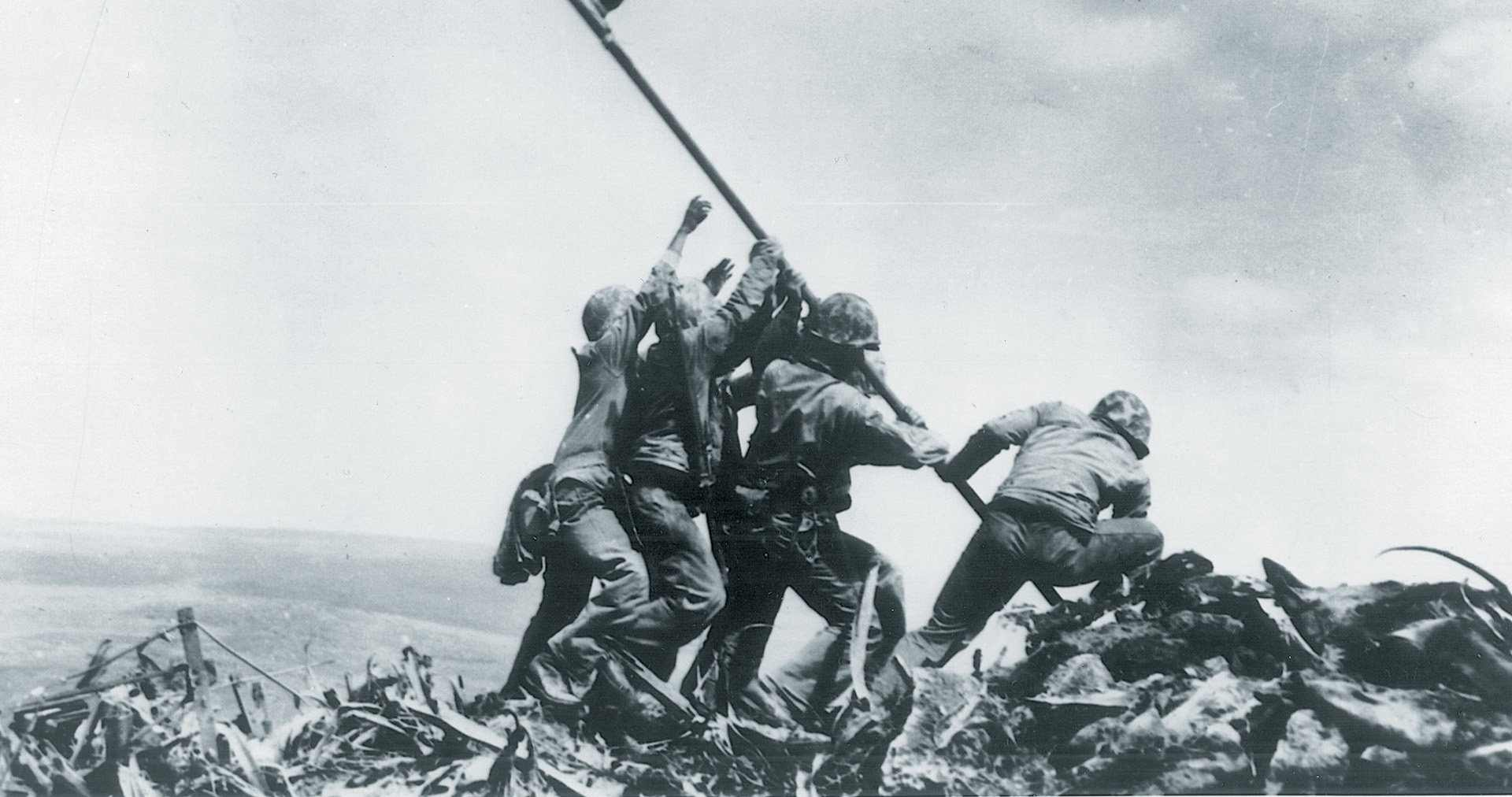
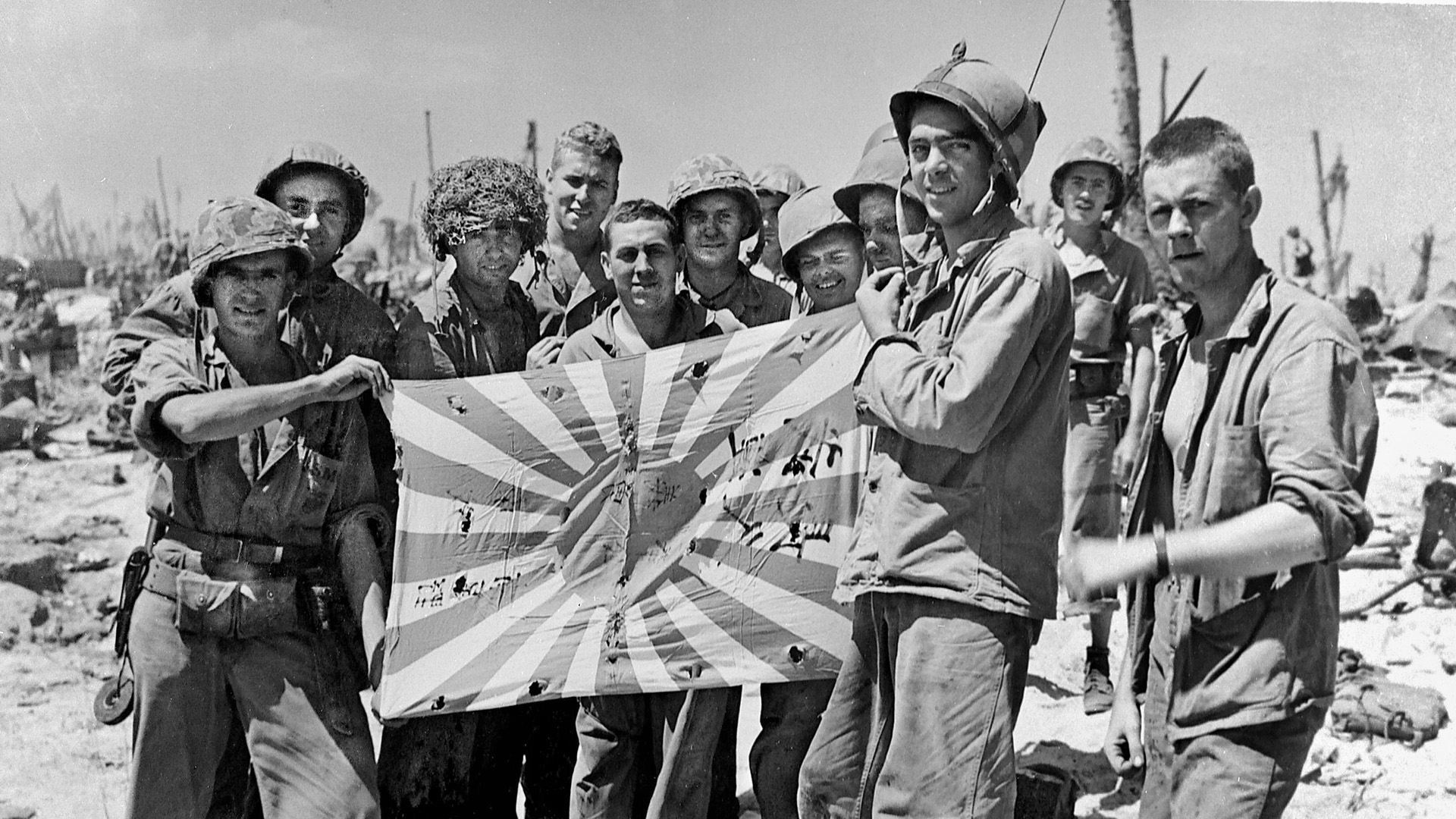
I was with 3rd Bn.5th marine reg. I cared and used a Ka bar In Vietnam .I brought it home and it hangs next to my shadow box. When I join the marine reg. In heaven it will be with me.Simper Fi. my brothers. Mickey
I was about 15 years old (I am 68 now) and taking an early morning stroll along the Atlantic Ocean beach in Ocean City Maryland. Walked by some old guy way intently surf fishing and a several yards down beach I saw an old knife stuck in the sand. The handle was, as described in the above article made of stacked leather rings but they were worn almost past their usability. Wow! I picked it up and kept walking until that old guy fishing noticed his knife was missing. He ran faster than I could! I disgaurded the thing in a hurry and kept running. Apparently, that knife meant something to him….. It was a Ka-Bar.